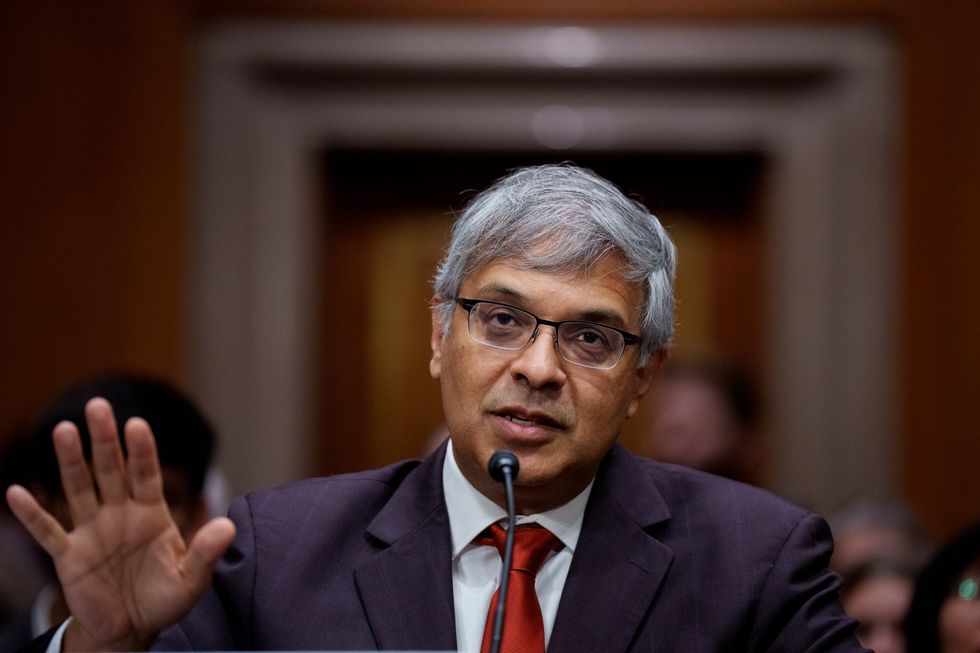IN a first, India carried out the second trial of ‘Pralay’ conventional ballistic missile from APJ Abdul Kalam Island off the coast of the eastern state of Odisha on Thursday (23) morning.
The surface-to-surface missile’s developmental trial was successful with the platform achieving a range of 500 kilometres, India’s Hindustan Times reported.
‘Pralay’ is India’s first conventional ballistic missile and is a response to any conventional missile attack from its hostile northern or western borders. The missile’s development is significant as India lacked a conventionally armed ballistic missile and was restricted by the ‘No First Use’ nuclear policy. It was the first time that the country carried out two conventional ballistic missile tests on consecutive days.
ALSO READ: India successfully test-fires 'Pralay' missile
The range of the missile on Wednesday was 40 kilometres.
The battlefield missile run by solid fuel is developed by the Defence Research and Development Organisation (DRDO) and is based on the Prithvi Defence Vehicle from the Indian ballistic missile programme.
‘Pralay’ is powered by a solid propellant rocket motor and other new technologies. According to the DRDO, the missile guidance system includes state-of-the-art navigation and integrated avionics.
The indigenous missile has been developed in a way so that it is able to beat interceptor missiles. It is also capable of changing its path after covering a certain range in the air.
After Thursday’s test, the DRDO said, “In today’s launch, the ‘Pralay’ missile was tested for heavier payload and different range to prove the precision and lethality of the weapon.”
The second launch was monitored by all range sensors and instruments, including telemetry, radar and electro-optic tracking systems deployed across the eastern coast and the downrange ships positioned near the impact point, the DRDO said.
Indian defence minister Rajnath Singh lauded the DRDO and associated teams after Wednesday’s test. He praised the military research agency for the fast-track development and successful launch of the modern weapon.
DRDO chairman Dr G Satheesh Reddy also appreciated the teams and said the country proved its capability for design and development in defence research.













 NASA’s Astronaut Class 23 with Anil Menon shows patch features a fly-shaped design symbolizing the class nickname, “The Flies,” with twelve stars for each candidate. The UAE and US flags highlight international collaboration, while the astronaut figure reflects their commitment to NASA’s return to the Moon and future Mars missions. (Photo credit: @astro_anil)
NASA’s Astronaut Class 23 with Anil Menon shows patch features a fly-shaped design symbolizing the class nickname, “The Flies,” with twelve stars for each candidate. The UAE and US flags highlight international collaboration, while the astronaut figure reflects their commitment to NASA’s return to the Moon and future Mars missions. (Photo credit: @astro_anil)
